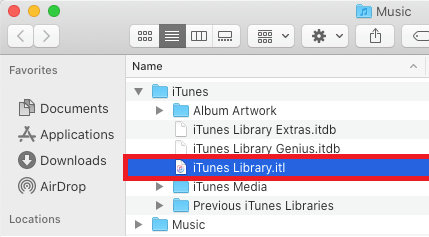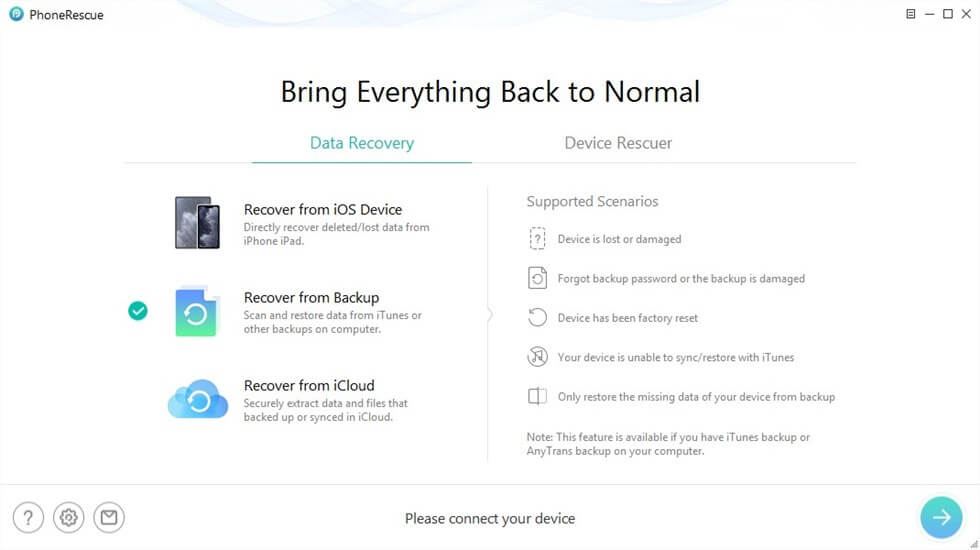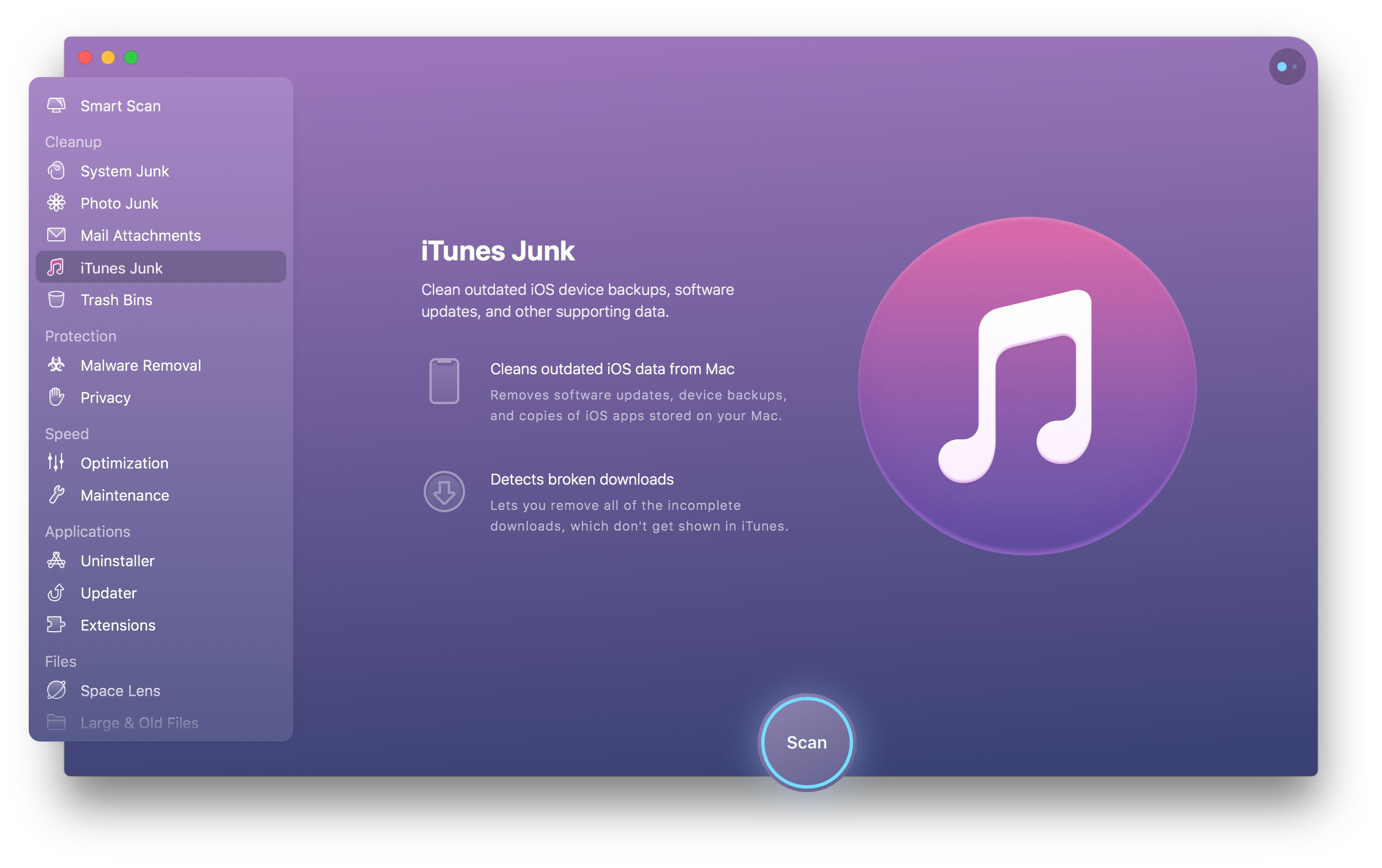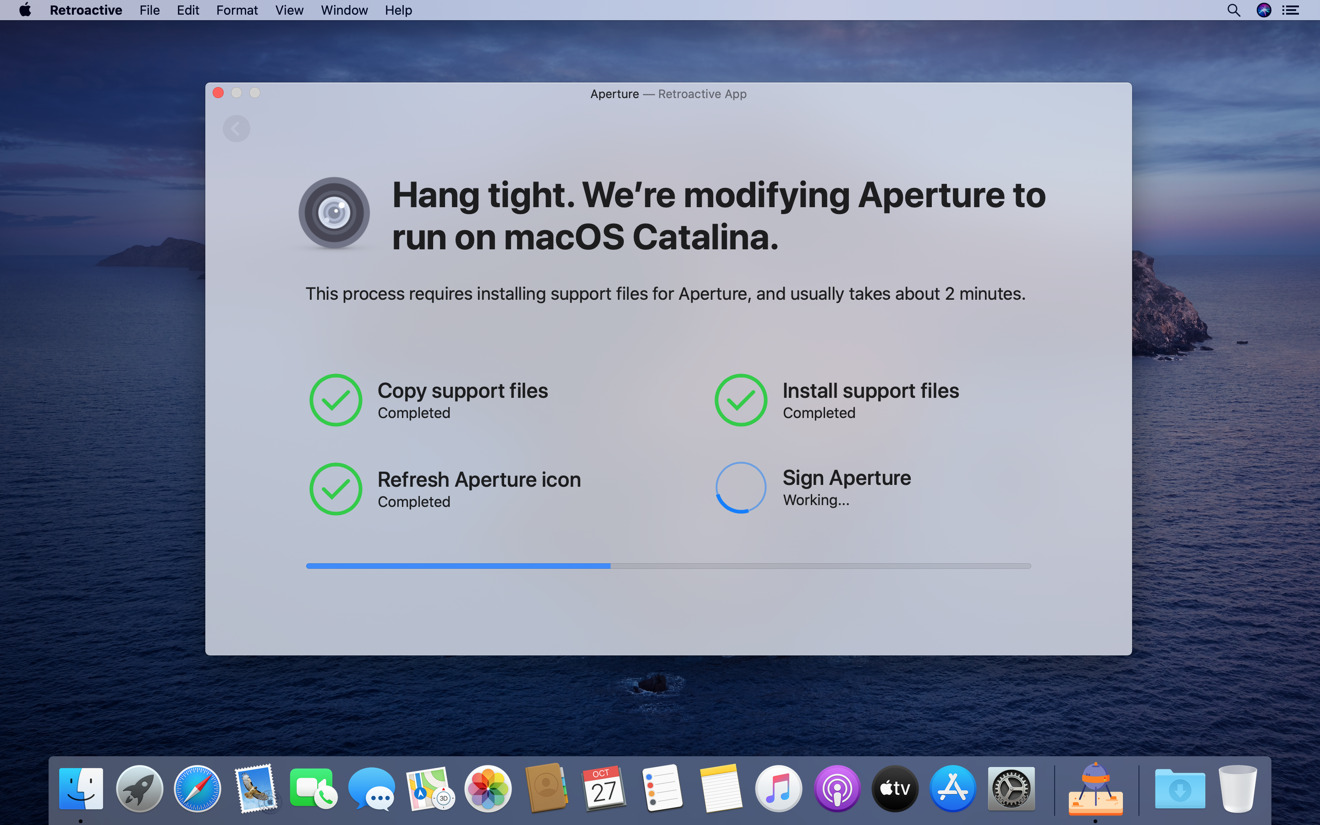How to reset iTunes on macOS
Oct 07, 2019 How to use Apple Music in the Music app for Mac. Open Music from your Dock or Applications folder.; Click For You in the sidebar to see your Apple-curated mixes and suggestions, recently played albums and playlists, and what your friends have been listening to. Apple’s Music app for iOS is a bloated mess that still seems to lack advanced features. The Browse section, for example, is like turning on the actual radio. Mac and iOS users needing to install previously purchased Apple App Store programs just need to know where to look. Here's how to reload such apps on new and reformatted Macs, iPhones, and iPads. Type Terminal into Spotlight and launch the app. Type sudo rm –r /Applications/iTunes.app and press Return. Type Time Machine into Spotlight and launch the app. Restore the version of iTunes you want from the relevant Time Machine backup.
Sometimes to go forward, you need to go back. iTunes is one of the most popular apps globally, and Apple has made some great strides over the years. There is no denying that iTunes is the media hub for many, but sometimes a new version arrives that is broken, or introduces a feature that you don’t like, or removes a feature that you did like.
That’s why in this guide, we’re going to show you how to take full control over your version of iTunes. We’ll cover how to reinstall iTunes, clean up iTunes junk files, perform a complete uninstall of iTunes and possibly even downgrade to an earlier version of iTunes.

Are you ready? Let’s get started!
Reinstall iTunes

Since Apple iTunes has gone away since the macOS Catalina update, the following steps can only work on earlier macOS versions.
A healthy iTunes is a great experience, but if the app starts behaving strangely, then it’s time to take action. If iTunes keeps playing Britney Spears music for no reason, your Mac is probably demonically possessed. Unfortunately, you will have to set fire to your Mac. It’s the only way.
However, if iTunes is merely crashing or freezing, then a simple iTunes reinstall should solve the problem. You could first try to download the latest version of iTunes and run the installer.
Even if it’s the same version as you have installed, this will reinstall iTunes without any hassles.
If that doesn’t fix the problem, you should completely uninstall iTunes before running the downloaded install.
Completely Uninstall iTunes
Whether you want a more effective reinstall of iTunes or if you want to remove the app from your life for good, we’ve got you covered. However, you may have realized that Apple doesn’t make it easy for you to uninstall iTunes, so it requires a few extra steps.
Note – A complete uninstall iTunes app will remove your user settings, playlists, etc.
To completely uninstall iTunes, follow these steps:
- Drag the desktop iTunes icon to the trash - if you receive an error, continue to step 2; if you don’t skip to step 6.
- Right-click iTunes.app file in the Applications folder and click Get Info.
- Click the padlock icon and enter your Admin Password.
- Expand Sharing & Permissions and set 'everyone' to Read & Write.
- Close the window and try step 1 again.
- Empty the Trash.
- Type Activity Monitor into Spotlight and launch the app.
- Find iTunes Helper and remove it.
- Navigate to Library > Preferences and remove files with 'com.apple.itunes' at the beginning.
- Restart your Mac.
Clean iTunes Junk

Speaking of cleaning iTunes, if you use the app – even if it runs perfectly - you should try out CleanMyMac’s specialist iTunes Junk cleaner. You wouldn’t believe all the wasted space iTunes takes up thanks to broken downloads, copies of apps, old backups, and all sorts of other junk.
A quick scan from CleanMyMac, and you’ll be given the option to clear up a lot of space – space that can be used for more important things. No, not Britney Spears' albums.
The iTunes Junk feature is only available on macOS 10.14 or earlier.
Downgrade iTunes to an earlier version
There comes a time where a new version of iTunes makes us wish we never updated in the first place. However, we want to be clear that the best thing to do is give the new version time, see if there isn’t a workaround to solve whatever is bothering you and submit feedback to Apple.
If you’re impatient and want to roll back iTunes now, then there is a method that could achieve exactly that. But, of course, this solution will only be possible if you use Time Machine to create regular backups.
Important Note – Before you begin, make sure to create a Time Machine backup. If anything goes wrong, you can just restore to the current version of macOS.
Here's how to downgrade iTunes:
- Type Activity Monitor into Spotlight and launch the app.
- Find iTunes Helper and remove it.
- Type Terminal into Spotlight and launch the app.
- Type sudo rm –r /Applications/iTunes.app and press Return.
- Type Time Machine into Spotlight and launch the app.
- Restore the version of iTunes you want from the relevant Time Machine backup.
- Also, restore these files from the
~/Music/iTunesfolder:
iTunes Library Extras.itdb
iTunes Library Genius.itdb
iTunes Library.itl
iTunes Music Library.xml
iTunes should now be reverted to an old version, with all your settings and data intact.
Putting the “I” Back In iTunes
We hope that this guide helped you to feel more in control of your iTunes for Mac. There is no doubting that iTunes is an awesome app, but Apple’s insistence can be a bit overhanded at times. Now you can make iTunes cleaner with CleanMyMac X, fix a broken iTunes, downgrade iTunes to an earlier version and even uninstall iTunes completely.
You have the control and the power. Use it wisely.
These might also interest you:

As Mac users, we have something to be happy about when it comes to app crashes and freezes: rarity. Typically you can work on your Mac for hours at a time without a single issue. However, a crashing app certainly can happen, leading to lost productivity, time, and, worst of all, lost work. Fortunately, there are several steps you can take to recover from a crashed app, as well as prevent the issue in the first place.

How to fix a crashing app after the macOS upgrade
How Do I Uninstall And Reinstall Itunes On My Mac
App crashes after the macOS update is more than a common problem. Some apps freeze or malfunction, some won’t launch, some show no signs of life whatsoever. Why does it happen? The most probable reason is that the app is simply not ready for the latest macOS Big Sur. Something in its depth turned out to be incompatible with the new macOS.
Now, what can you do to fix an app crashing? Three things.
- First, see if you have the latest version of the app by clicking on its name it the top menu and choosing Check for updates.
- Second, visit the developer’s website (or App Store page) and see if they’ve issued a statement about Big Sur compatibility.
- Finally, some crashed apps on macOS Big Sur can sometimes be fixed by running maintenance scripts. Download the Mac troubleshooting app, CleanMyMac X, launch it, find the Maintenance tab and run the scripts (see details at the end of the article).
What happens when an app crashes: under the hood
Now let's go deeper into the nature of crashed apps, but first, let’s identify the difference between a crashed macOS app and a frozen one. While these terms are often used interchangeably, there is a notable difference.
Crash
A crash happens when a piece of software stops working altogether and then closes on its own. In other words, the app quits when you did not tell it to. When this happens, you'll typically see a message noting that the application has 'unexpectedly quit” just as its windows disappear. It’s pretty frustrating — especially if you end up losing all your work.
Freeze
A freeze is when the software stops functioning but continues to run. You can still see its windows, and its Dock icon still indicates that it’s running. However, no amount of clicking or tabbing around will do anything. A frozen app doesn’t quit like a crashed app does, it simply becomes unresponsive. Often no error messages accompany the freeze. Again, it’s a frustrating experience (if you want to know how to deal with it, check out this post on how to fix frozen apps).
When software freezes, you force it to quit, so that you can re-launch and hopefully get on with your work. With crashes, meanwhile, the problem is the app quitting on its own. In this article, I’ll discuss recovering from app crashes, as well as steps that help prevent them in the first place. Let’s get started.
Accidentally Deleted Music App On Iphone
What to do when a Mac app crashes
The good news here is that a crashed app rarely brings down your entire Mac, as the trouble is restricted to that particular piece of software. That means we have a chance to recover. Let’s start with the simplest solutions.
First, just relaunch the app. When an app crashes, you’ll typically see a dialog box that says the software “unexpectedly quit” and you’ll have several options to deal with it, including “Relaunch”. Give that a click and cross your fingers that the crash doesn’t happen again. Oftentimes, you’re good from there. If not…
Try restarting your Mac. “Turn it off and back on again” is almost a punchline at this point, but it usually works. Shut down, restart, and try again. Very often this simple task will set things right. If not, it’s time to try something just a little more involved.
Reinstall the app. Deleting the misbehaving app and grabbing a new copy gives you a fresh version to work with. That is if you delete all of the app’s related files.
See, when you drag an app to the Trash, you aren’t deleting everything. Some leftover parts remain, and if the troublemaker is among them, your problem could persist. It’s a waste of time to delete an app via drag-and-drop, reinstall and then have it crash again. To make things right, you need to get rid of the app’s bits and pieces before you reinstall it, and this is where software like CleanMyMac X comes in handy.
An app that’s simply dragged to the Trash leaves behind a pile of associated files that you don’t see, like caches, preferences (often the culprit in crash-y apps), saved states, and more. You might not even know they’re there, but CleanMyMac X does. It’s smart enough to find the whole lot, safely remove them, and ensure that a newly installed app is just that: a completely fresh start.
Another wise move is to make sure there are no conflicts between the app and the Mac OS. When Apple pushes an update of its operating system to your Mac, that might interfere with your app’s performance, if the app or its add-ons are incompatible with this particular macOS version.
Reset SMC
SMC stands for System Management Controller and it can be reset by restarting your Mac in a special way.
Resetting the SMC often fixes bugs, like incorrect time & date readings which can cause apps to crash.
Try resetting the app itself
CleanMyMac X, developed by the iconic Mac developer, MacPaw can help you out here, too. Download it for free, go to its Uninstaller module and find the misbehaving app in the list.
Now, you can either uninstall your app completely or reset it to its default state. The latter option is more convenient and should clear app-related cache files without deleting user data.
See if this method works on your Mac:
1. Launch CleanMyMac X.
2. Click on the Uninstaller tab in the sidebar.
3. Select an app from the list and click on the dropdown menu under 'Uninstall'
You'll see the additional 'Reset' option appear.
Is your app crashing now? If it does, uninstall it using the same tool and download it again.
Update the app via the Mac App Store
How can you stay on top of aging apps? Apple makes it easy with software purchased through the Mac App Store. Simply launch the App Store app, go to the Updates tab, and you’ll see all available app updates. Find the one you need in the list, click the Update button, and you’ll get the latest version to your Mac. It’s a bit different with software acquired outside the App Store: you’ll have to visit the vendor’s website to see if there’s a new version available.
What to do when an app crashes at launch
So far I’ve addressed what to do when an app crashes as you’re using it. But what about the frustrating scenario of an app going down as soon as you launch it? No warning, no dialog box, just a bounce or two in the Dock and that’s it. In this case, it’s time to repair disk permissions.
Repair disk permissions + Run Maintenance scripts
Both you can do with the mentioned Mac maintenance app, CleanMyMac X.
What’s does fixing permissions actually mean? Think of your Mac’s hard drive as a tree with many branches. The top-level of your drive is the tree’s trunk, and the branches represent information about files and folders. These branches, or “nodes,” store information like the location of data and permission rules, among other things. Normal computer use changes this information and can lead to a conflict or other issue that generates crashes and the inability to use your system. This is what a permission fix addresses.
Another thing you can do is to run Maintenance Scripts. This helps resolve improper app behavior like crashing and keeps all of your disk files and folders in proper order. And that’s just one of the maintenance tasks available in CleanMyMac X, just try it.
- In the app, open the Maintenance tab.
- Select both Run Maintenance Scripts and Repair Disk Permissions.
- Click Run below.
Now, try launching the crashing app and see if that helped.
A crashing app is no fun. Fortunately, a little understanding and proactive behavior can keep them to a minimum. CleanMyMac X makes it easy to do just that. Happy computing, and may your apps never crash again!